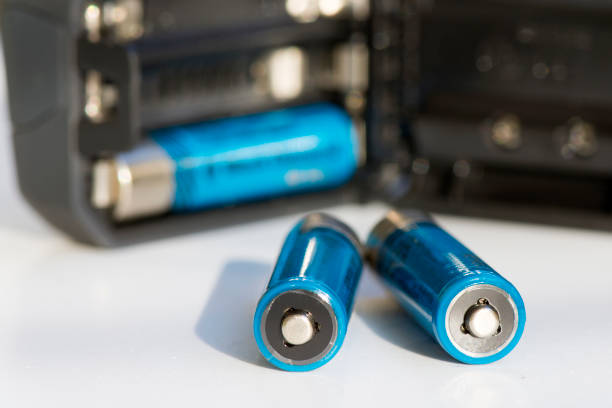Portable Laser Welding Machines for Precision and Efficiency in the U.S.
Residents of the United States can gain insights into how portable laser welding machines enhance high-precision work and boost operational efficiency. This overview will cover various models suited for different tasks and include real-world examples demonstrating their effectiveness across multiple industries.

The welding industry has experienced a remarkable transformation with the introduction of portable laser welding technology. These compact yet powerful machines have revolutionized how professionals approach welding tasks, delivering exceptional results while maintaining the flexibility needed for modern manufacturing and repair operations.
Understanding Portable Laser Welding Machines and Their Benefits
Portable laser welding machines utilize focused laser beams to create precise, high-quality welds across various materials. Unlike traditional welding methods, these devices generate minimal heat-affected zones, reducing material distortion and ensuring superior joint integrity. The technology operates by concentrating laser energy onto a small focal point, creating intense heat that melts and fuses materials together.
The primary advantages include exceptional precision control, reduced post-weld cleanup requirements, and the ability to work with thin materials without warping. These machines also offer faster welding speeds compared to conventional methods, significantly improving productivity in manufacturing environments. Additionally, the portable design allows operators to bring the welding capability directly to the workpiece, eliminating the need to transport heavy materials to stationary welding stations.
Exploring Model Variations for Diverse Welding Applications
The market offers various portable laser welding machine configurations to meet different industrial requirements. Handheld models provide maximum mobility and are ideal for repair work, maintenance tasks, and applications requiring intricate maneuvering around complex geometries. These units typically feature ergonomic designs with integrated cooling systems and user-friendly interfaces.
Desktop portable units offer a balance between mobility and stability, making them suitable for small-scale production runs and precision work requiring steady positioning. These machines often include adjustable fixtures and enhanced control systems for repeatable results. Battery-powered models extend operational flexibility by eliminating the need for constant electrical connections, particularly valuable for field repairs and remote location work.
Fiber laser variants provide excellent beam quality and energy efficiency, while diode laser models offer cost-effective solutions for specific material types. The power output ranges typically span from 500 watts to 3000 watts, allowing users to select appropriate specifications based on material thickness and application requirements.
Real-World Applications of Laser Welding Machines in the Industry
Portable laser welding machines have found extensive applications across multiple industries throughout the United States. In automotive manufacturing, these devices excel at welding thin sheet metals, battery components for electric vehicles, and precision assemblies where traditional methods might cause excessive heat damage.
The aerospace sector utilizes portable laser welding for critical components requiring exceptional joint quality and minimal material distortion. Medical device manufacturing benefits from the precision capabilities, enabling the creation of sterile, high-quality welds on surgical instruments and implantable devices.
Jewelry and watchmaking industries have embraced this technology for its ability to perform delicate repairs and create invisible joints on precious metals. Electronics manufacturing employs portable laser welding for circuit board components and housing assemblies where precision is paramount.
| Machine Type | Provider | Power Range | Cost Estimation |
|---|---|---|---|
| Handheld Fiber Laser | IPG Photonics | 1000-2000W | $15,000-$35,000 |
| Desktop Portable Unit | Coherent | 500-1500W | $25,000-$50,000 |
| Battery-Powered Model | Trumpf | 800-1200W | $20,000-$40,000 |
| Compact Industrial | Rofin-Sinar | 1500-3000W | $40,000-$80,000 |
Prices, rates, or cost estimates mentioned in this article are based on the latest available information but may change over time. Independent research is advised before making financial decisions.
The maintenance requirements for portable laser welding machines are generally lower than traditional welding equipment, though regular cleaning of optical components and proper storage are essential for optimal performance. Training requirements vary depending on the complexity of the system, but most operators can achieve proficiency within a few days of hands-on instruction.
Safety considerations include proper eye protection, adequate ventilation, and understanding of laser safety protocols. Most modern portable laser welding machines incorporate multiple safety features, including emergency stops, protective housing, and automatic shutdown systems to prevent accidental exposure.
The future of portable laser welding technology continues to evolve with improvements in battery life, beam quality, and user interface design. Integration with smart manufacturing systems and remote monitoring capabilities represents the next frontier in this rapidly advancing field, promising even greater efficiency and precision for American manufacturers and fabricators.




